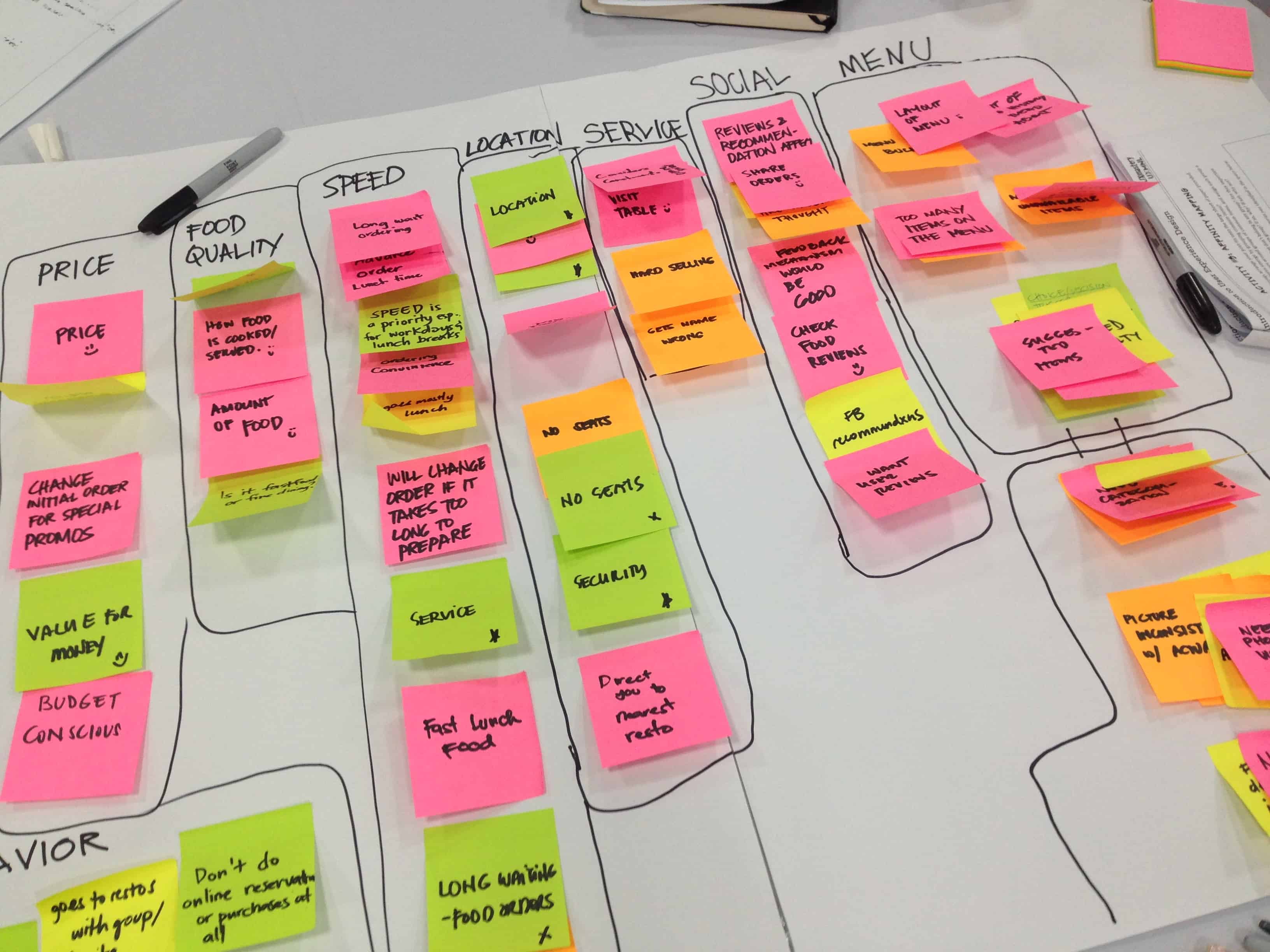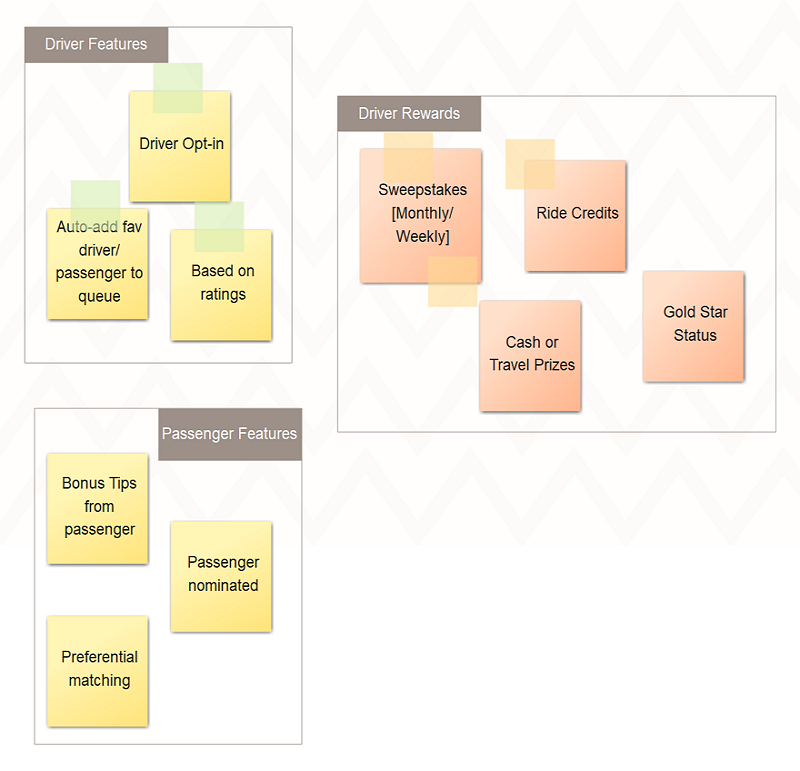

You have many ideas or substantial research data to work with.So, affinity mapping should be used when: However, they shouldn’t be used as a brainstorming tool but instead as a way to reconcile and act on the ideas derived from the brainstorming exercises. In fact, affinity maps help make large research data more manageable and digestible, and thus, more actionable.īottom line, affinity mapping can be used to turn user research into actionable insights that drive product decisions.

When to use affinity mapping?Īffinity diagrams help multiple UX teams across various disciplines to iteratively analyse substantial qualitative data and plot a meaningful path forward. This will give them valuable insight into how people are using their apps or websites and what they like about the solution compared to other products. They do so by mapping users’ preferences for features, functions, and interactions with a product. So, utilising affinity maps, UX research team can create a visual representation of their UX research findings. This is where one can easily find information as needed when creating prototypes or building out new features within a product roadmap. What is the purpose of an affinity map?Īffinity mapping aims to organise information like field notes or surveys into groups of themes based on relationships and commonalities during UX ideation sessions.Īs such, the core purpose of an affinity map is to first streamline data collected through user interviews, surveys, and other research methods into one centralised location. This difference might not seem so significant at first glance, but when viewed through an affinity map lens, the differences become clearer. Let’s say one group drinks five cups per day while another group drinks only three cups per week. Overall, the advantage of using an affinity map over other types of UX research is that it allows one to see how two user groups and categories are related and how they differ from one another.įor context, imagine two groups where Group A consists of users who like tea, whereas Group B contains users who enjoy coffee.īy creating an affinity map for these two groups, you’ll be able to see that there’s likely some common ground between them-in other words, where both groups have similar interests. It helps to identify patterns in UX data, and can be used to make sense of large amounts of information. What is an affinity map?Īlso known as affinity diagramming, or collaborative sorting, affinity mapping is a synthesis tool employed to quickly surface common themes in UX research findings, and visually present them in a way that almost anyone can interpret.įor all intents and purposes, an affinity diagram can be simply referred to as a visualisation of the relationships between concepts.
#Affinity mapping ux example how to#
This article will delve into the basics of how to create an affinity map from scratch and exploit it to enhance user experience. One tool that helps facilitate this process is affinity mapping. Sometimes, cross-functional UX teams are required to analyse substantial amounts of research data and synthesise their findings to achieve the desired user experience outcome.


 0 kommentar(er)
0 kommentar(er)
